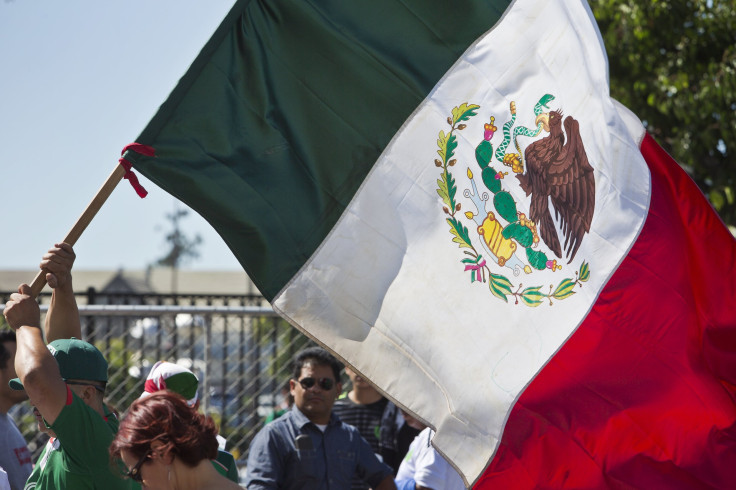
September 16 marks a special day in Mexican history. It was the day in which the war that led to the country’s independence began. It all started when Miguel Hidalgo y Costilla, a priest, uttered what is called the “Grito de Dolores” or “Cry of Dolores,” from the small town of Dolores near Guanajuato. Although there is no scholarly consensus as to what Hidalgo said exactly, the essence of the message was to encourage Mexicans to free themselves, recover the stolen lands by the Spaniards, and defend their rights.
This happened in the early morning of September 16, 1810, when Hidalgo ordered the church bells to be rung and gathered his congregation. He addressed the people in front of his church, encouraging them to revolt. The Siege of Guanajuato, the first major engagement of the insurgency, occurred 4 days later. Mexico's independence would not be effectively declared from Spain in the Declaration of Independence of the Mexican Empire until September 28, 1821, after a decade of war.
However, since October 1825, the anniversary of the event is celebrated as Mexican Independence Day. Since the late 20th century, Hidalgo y Costilla’s "cry of independence" has become emblematic of Mexican independence. Nowadays, the celebrations begin on the night of September 15 and carry on to the next day. Here are 7 traditions followed that day.
1) Each year on the night of September 15 at around eleven in the evening, the President of Mexico rings the bell of the National Palace in Mexico City.
2) After the ringing of the bell, he repeats a shout of patriotism (a Grito Mexicano) based upon the "Grito de Dolores" with the names of the important heroes of the Mexican War of Independence. He ends with the threefold shout of ¡Viva México! from the balcony of the palace to the assembled crowd in the Plaza de la Constitución, or Zócalo.
3) After the shouting, he rings the bell again and waves the Flag of Mexico to the applause of the crowd, and is followed by the playing and mass singing of the Himno Nacional Mexicano, the national anthem, with a military band from the Mexican Armed Forces playing.
4) On the morning of September 16 or Independence Day, the national military parade takes place starting at the Zócalo and its outskirts, passing the Hidalgo Memorial and ending on the Paseo de la Reforma, Mexico City’s main boulevard, passing the El Ángel memorial column and other places along the way.
5) A similar celebration occurs in cities and towns all over Mexico, and in Mexican embassies and consulates worldwide on the 15th or the 16th.
6) In the 19th century, it became common practice for Mexican presidents in their final year in office to re-enact the Grito in Dolores Hidalgo, rather than in the National Palace.
7) September 16 is marked by parades, patriotic programs, drum and bugle, and marching band competitions, and special programs on the national and local media outlets, even concerts.
© 2025 Latin Times. All rights reserved. Do not reproduce without permission.





